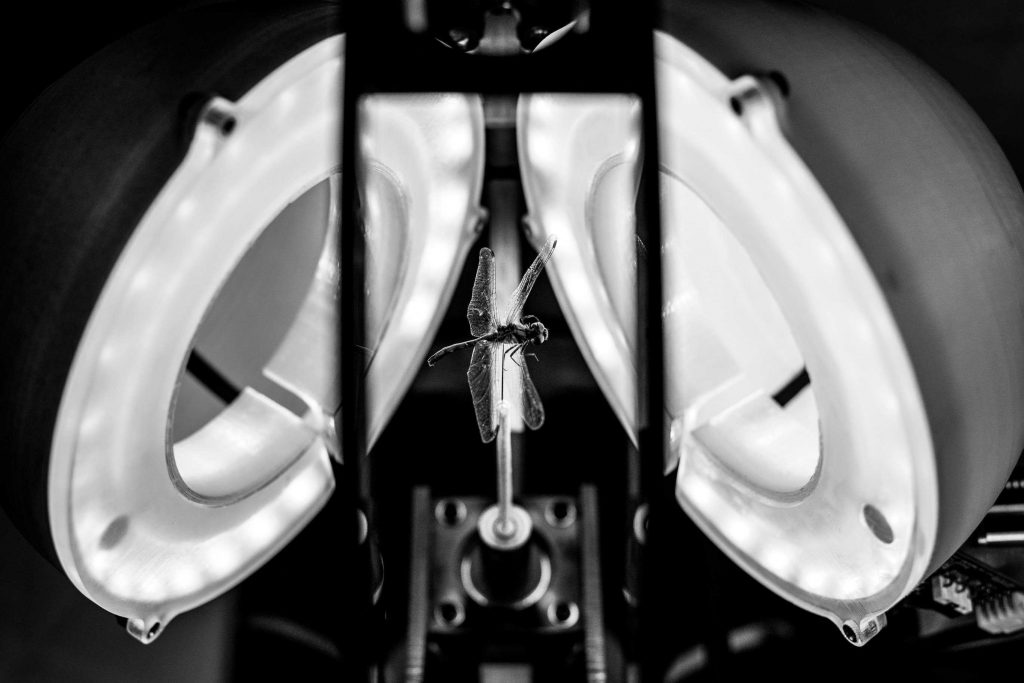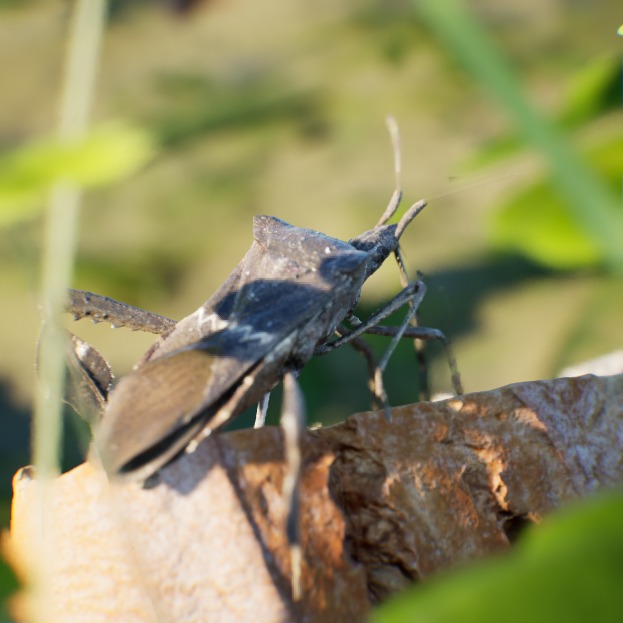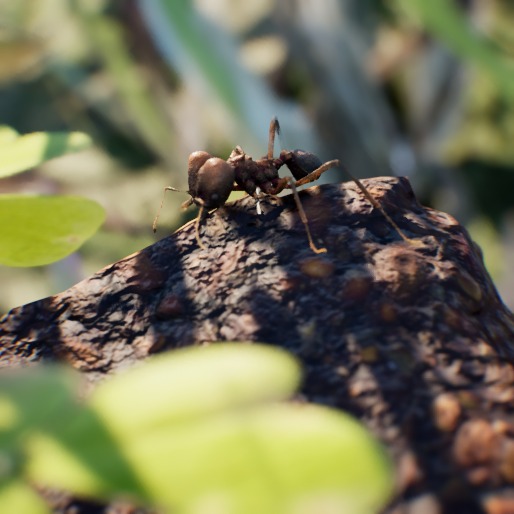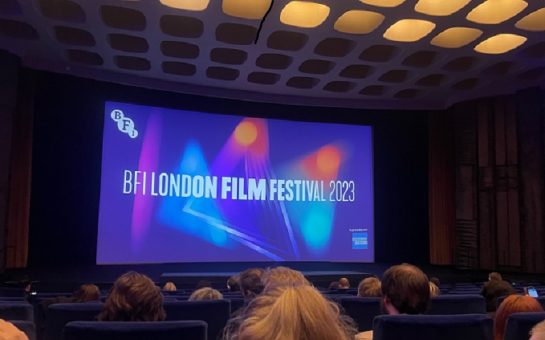A research team at Imperial College London has developed a new scanning technology that allows the digitisation and animation of insects.
Fabian Plum, of the university’s bioengineering department has devised a modular method of modelling insects to preserve them digitally.
The technology could have a dramatic impact on the research of exotic insect specimens, samples of which are too fragile to transport over distance and liable to degrade over time.
Plum said: “The process itself is rather terrifying, because you need to move the specimen around.
“You really don’t want to break these one of a kind and really expensive insects just because you want to make sure nobody else does.”
Discussions are still underway about the adoption of this technology to digitise older and more exotic collections from London’s variety of museums, and especially the “holotype” samples that members of a species are measured against.

The components of the device, called scANT, are all available cheaply or can be assembled through a 3D printer with the designs available freely and the compatible software being open-source.
This makes the scANT accessible to citizen scientists taking part in bug hunts outside of academia.
A single camera is used in the rig, taking pictures from a variety of angles as the insect is rotated inside of the array.
Plum considers accessibility to be one of the driving goals of the team’s work.
Similar technologies have been developed previously that utilise patented and expensive equipment and methods, where he believes an open-source approach will have a bigger impact on the field, as people can interact with it and make their own modifications and suggestions.
The modular design allows for it to be adapted with specialist cameras to be used by experts in other fields, such as a palaeontologist who wanted to digitise their fossil collection.
The 3D scans developed from this imaging method are useful for more than creating plastic replicas and can also be animated to create photorealistic videos.
Plum’s team uses the Unreal Engine for this, best known for implementation in video games.
The insect models can be animated and posed in the same way as the 3D models of a game or movie.

Plum is excited at the prospect of his digital models being utilised in documentaries, where they can be brought to life to a wider audience than a physical exhibition can hope for.
They’ve also been utilised for education, where a single scanned insect can be displayed individually to a large number of students in the virtual environment.
Alongside educating aspiring biologists, they are also seeing use in training AIs.
Learning algorithms for tracking insects have struggled in the past due to the small sample size of pictures showing the insects in their natural habitat, where they are often camouflaged.

By rendering the model insects in a virtual wilderness, thousands of images can be generated without requiring thousands of photographs to be taken.
Once trained on a number of these virtual insects, the AIs become able to identify their physical counterparts in the wild, simplifying the work of researchers in the field.
When looking at creatures larger than an insect the process becomes more difficult, but remains possible.
Plum points to the work of the Digital Life project, a non-profit which uses larger camera arrays to capture images of living creatures.
Plum’s previous work has focused on biomimetics, which looks to utilise biological systems as inspiration for modern engineering solutions.
In 2020 he developed an aquatic drone that mimics the structural flexibility of bacteria to conform to impacts and currents without being damaged.




